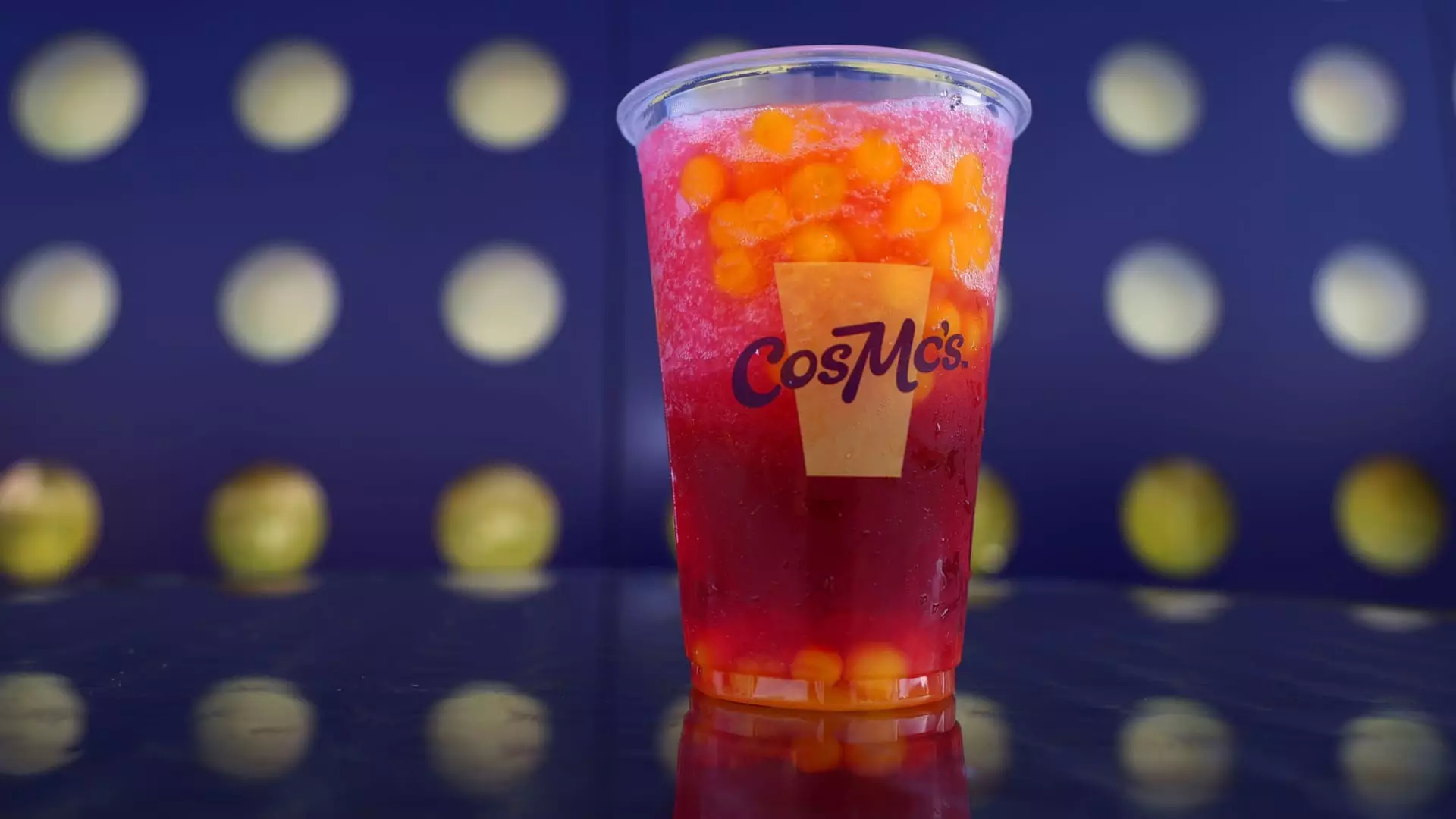In a bid to captivate younger consumers, fast-food restaurants are undergoing a transformation that places drinks front and center. Major players like Chick-fil-A, Taco Bell, and McDonald’s are no longer just selling food; they’re concocting vibrant and exotic beverages to woo Gen Z and Millennials. These drinks, often packed with sugars and colorful flavors, have become symbolic of a broader shift within the fast-food landscape—one that offers both promise and peril as traditional soda consumption continues to dwindle.
It’s not just about offering a beverage alongside a meal anymore; it’s about creating an experience that entices customers to choose the drink over, say, a side of fries. The introduction of items like Pineapple Dragonfruit drinks at Chick-fil-A and the launch of Taco Bell’s Live Mas Café showcase the industry’s pivot towards more vibrant, Instagrammable choices. The innovation is not merely cosmetic; it’s a significant shift aimed at capturing a generation that values not just flavor but also visual allure.
The Allure of Exotic Flavors and Textures
What we’re witnessing in the fast-food industry is a gastronomic adventure. The drinks being introduced aren’t limited to carbonated sodas but extend to unique offerings that cater to a broader palette. From bubble tea to horchata-infused coffees, the rising trend of adventurous beverages speaks to a younger demographic eager to try something new. According to industry experts, this willingness to explore such eclectic flavors provides an unparalleled opportunity for chains to differentiate themselves from the ubiquitous standardized offerings of yesteryears.
Gen Z’s inclination toward flavor experimentation offers a fertile ground for these chains to flourish. As stated by Michael Parlapiano, managing director of the Culinary Edge, this generation’s diverse backgrounds and openness to unusual flavors allow restaurants to leap outside of conventional offerings. Who would have thought that flavors like butterfly pea or ube could be featured on a chain menu? Yet, these creative endeavors have resulted in renewed enthusiasm around beverage options, propelling sales and customer loyalty.
Shift Away from Soda: A Sweet Opportunity
The continuous decline of soda consumption has not gone unnoticed in the restaurant industry. As consumers pivot away from traditional sugary beverages, companies are seizing the moment to introduce “signature” drinks that not only align with their brand identity but can also justify a higher price tag. Fast-food giants are diving deep into this new paradigm, with many venturing into non-carbonated, fruit-infused alternatives.
El Pollo Loco’s enhanced offerings of Aguas Frescas exemplify this strategy perfectly. By shifting focus from carbonated drinks to light and refreshing options, they uphold their reputation while tapping into the current trend of healthier, flavorful drinks. In this market, beverages not only encourage incremental sales but also provide an avenue for profitability that food items might not. It’s a distinctly profitable pivot aimed at a demographic that craves indulgence but in a more nuanced, albeit sugary, form.
The Financial Case for Beverages
The profitability of drinks compared to traditional menu items gives chains a strong incentive to innovate within this segment. Drinks can be easier and cheaper to produce, requiring minimal labor to change a recipe or swap a syrup flavor. This operational ease translates into a compelling financial model that offers higher margins for fast-food operators. Furthermore, beverages have longer shelf lives than food products, making them easier to manage and store.
Wendy’s, for example, is keenly aware of this potential, as roughly 30% of their customers do not order drinks with their meals. This represents a significant opportunity for upselling and profit enhancement, as beverages tend to naturally attract higher pricing and are easier for staff to prepare. The potential to evolve these beverage offerings is limitless, as Wendy’s is already anticipating further innovation in their breakfast drink lineup, which reflects a smart maneuvers to expand a successful segment.
Engagement Through Experience
The relentless pursuit of customer engagement through drink innovation speaks volumes about the evolving landscape of fast-food dining. Fast-food chains like Taco Bell are not merely relying on traditional menu items; they are reshaping customer experiences. Their innovative Live Mas Café offers over 30 distinct drink choices, ranging from caffeinated refrescas to indulgent “Churro Chillers.” This commitment to serving a diverse array of beverages not only drives customer traffic but also creates a sense of community around flavors that resonate with adventurous consumers.
The strategic shift towards beverages points to a larger narrative: fast-food companies recognize that they must adapt or risk becoming obsolete in an industry that increasingly prizes creativity and experience over simplicity. As flavors become more adventurous and drink menus expand, these chains are not just keeping pace with a trend; they are actively redefining dining norms for a new generation.


Leave a Reply